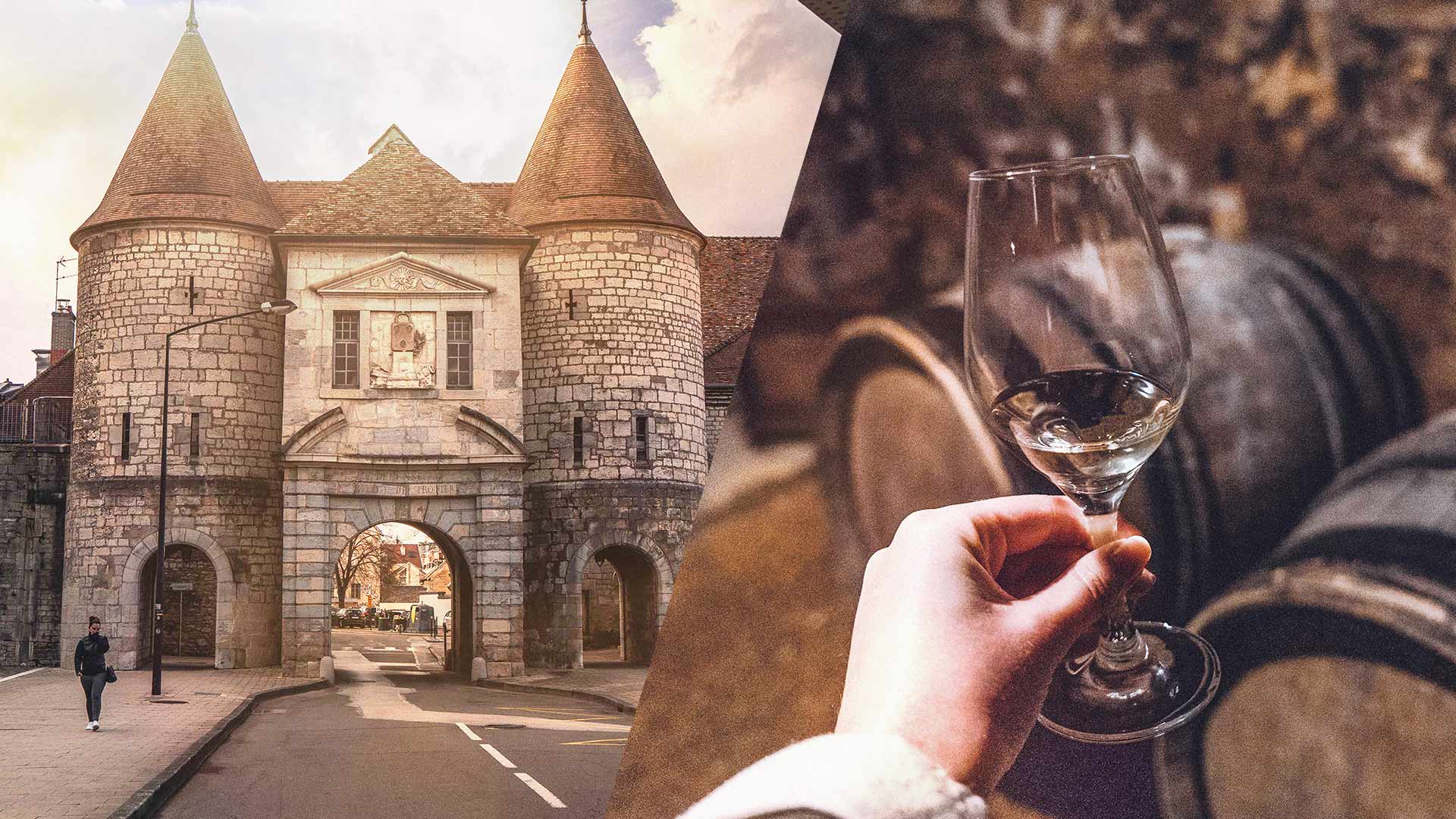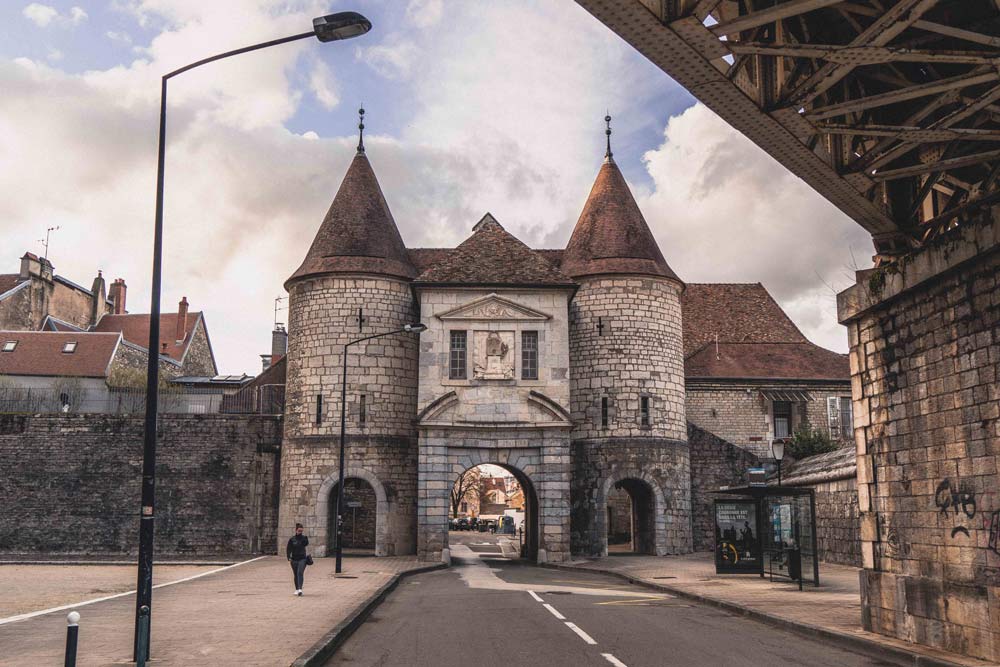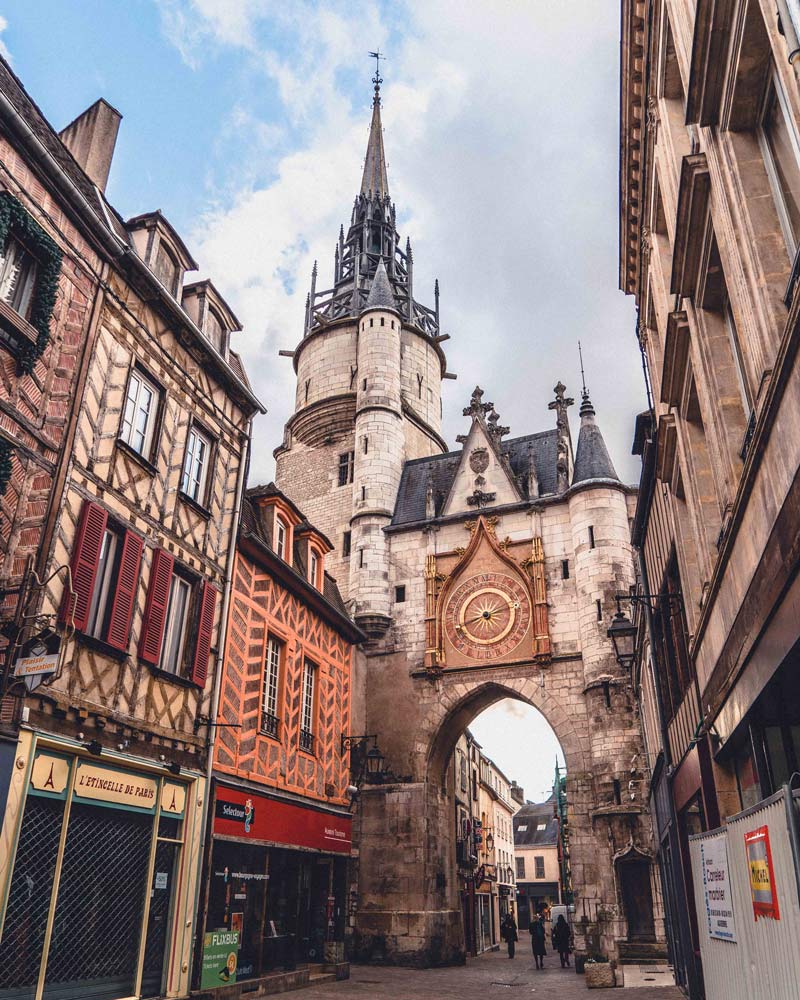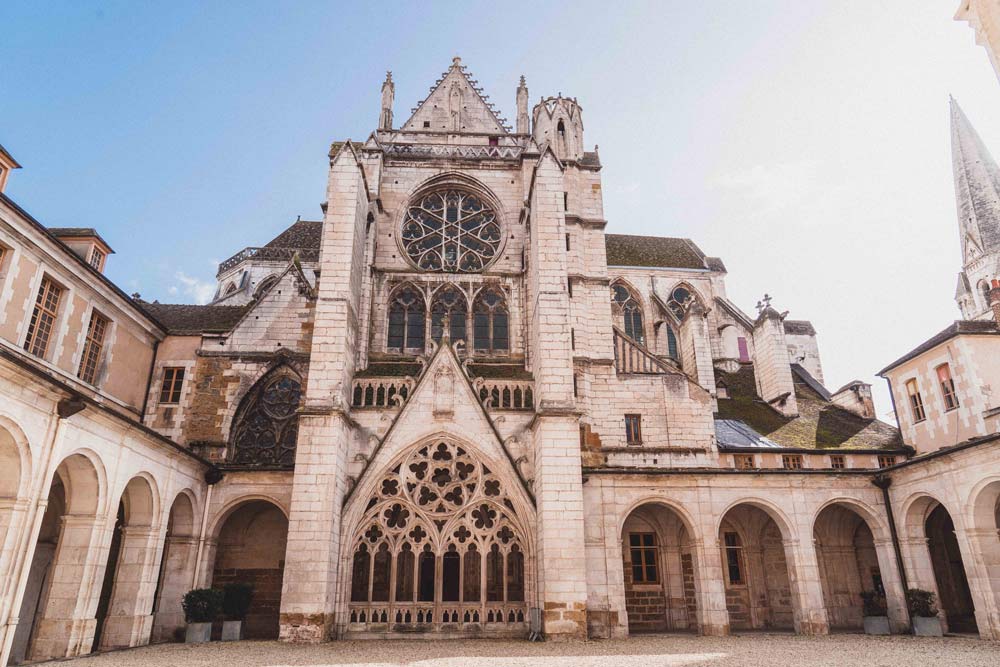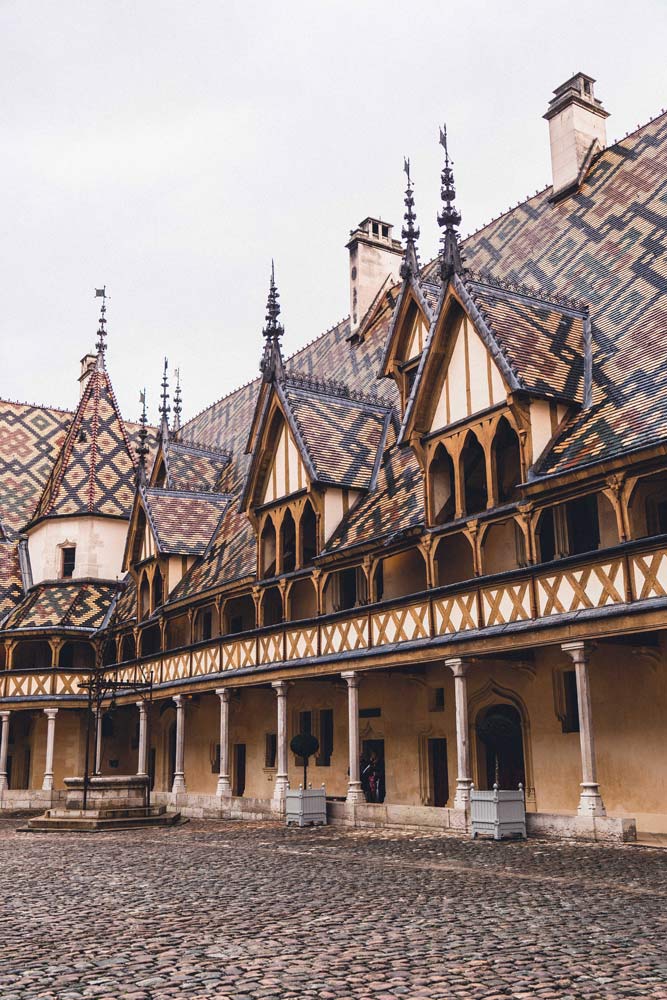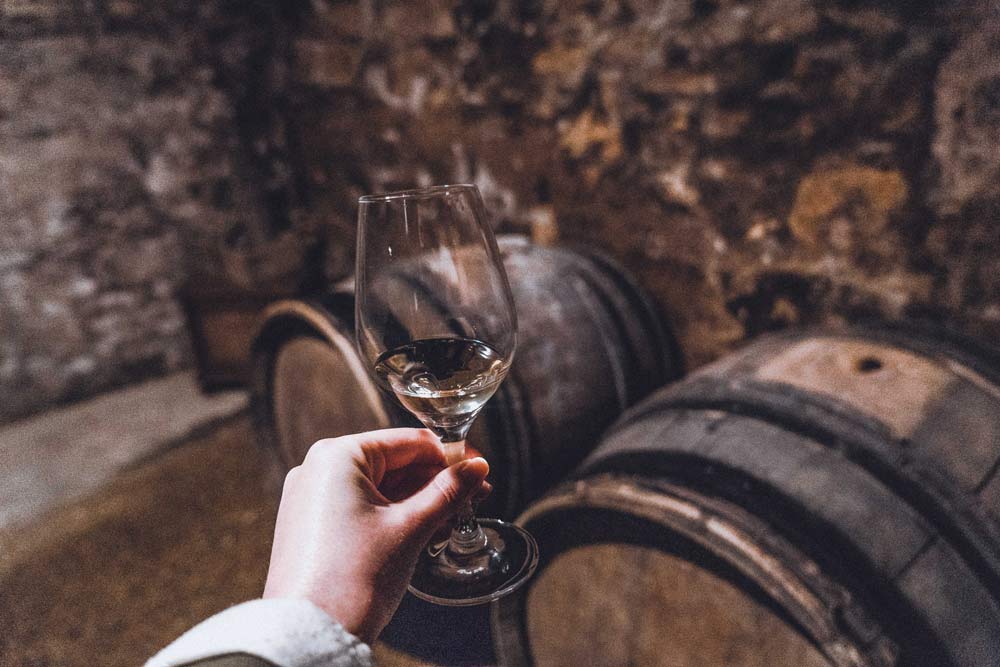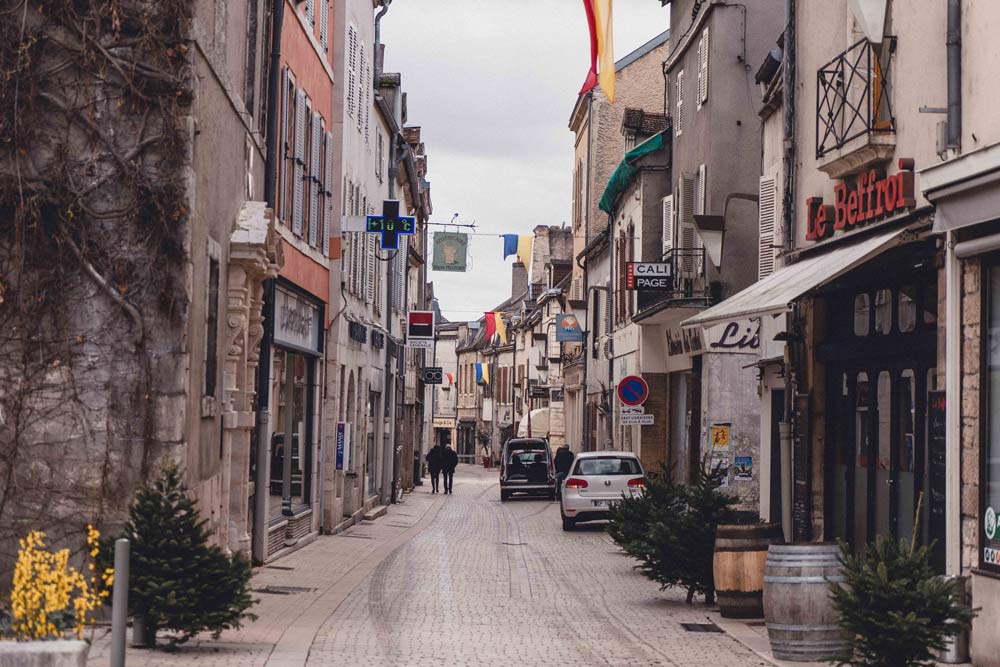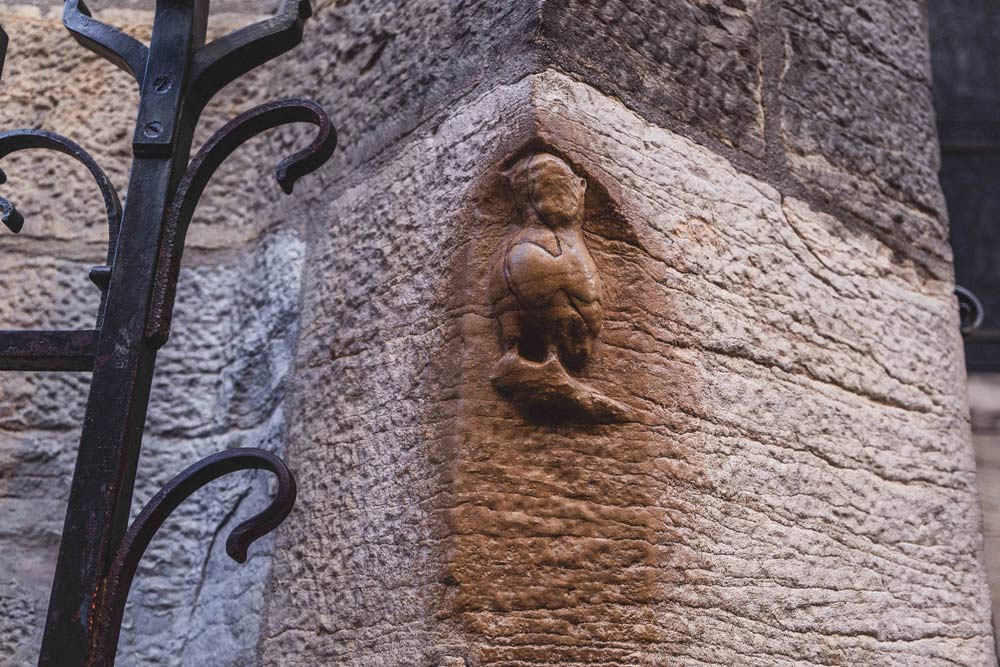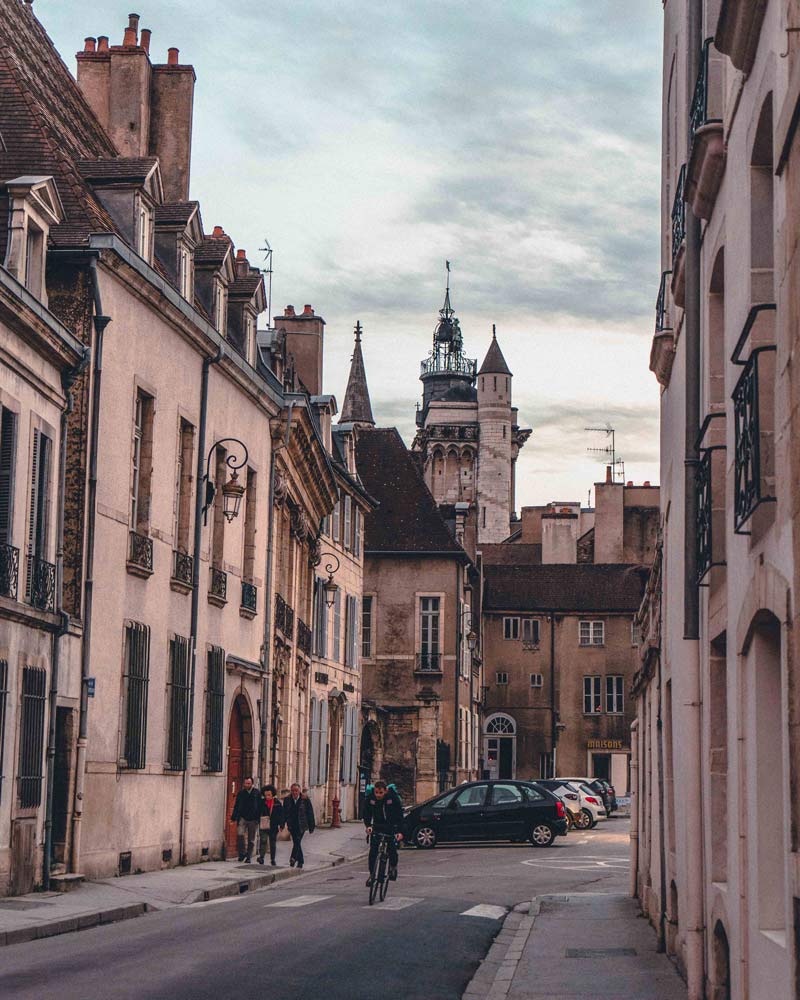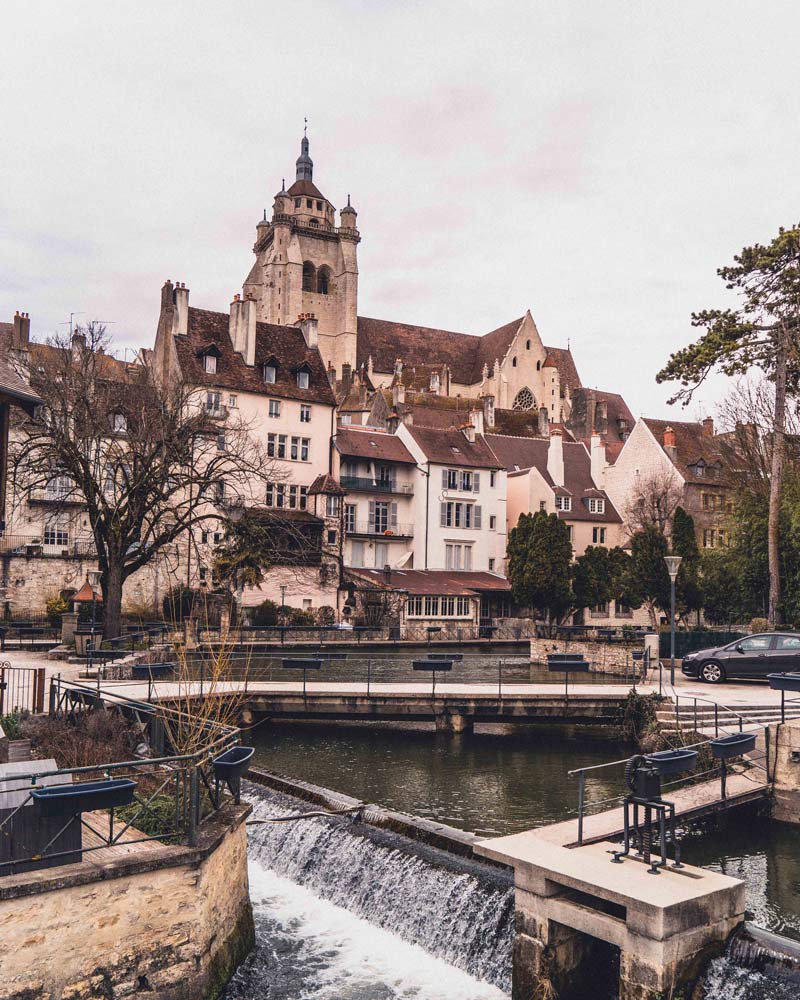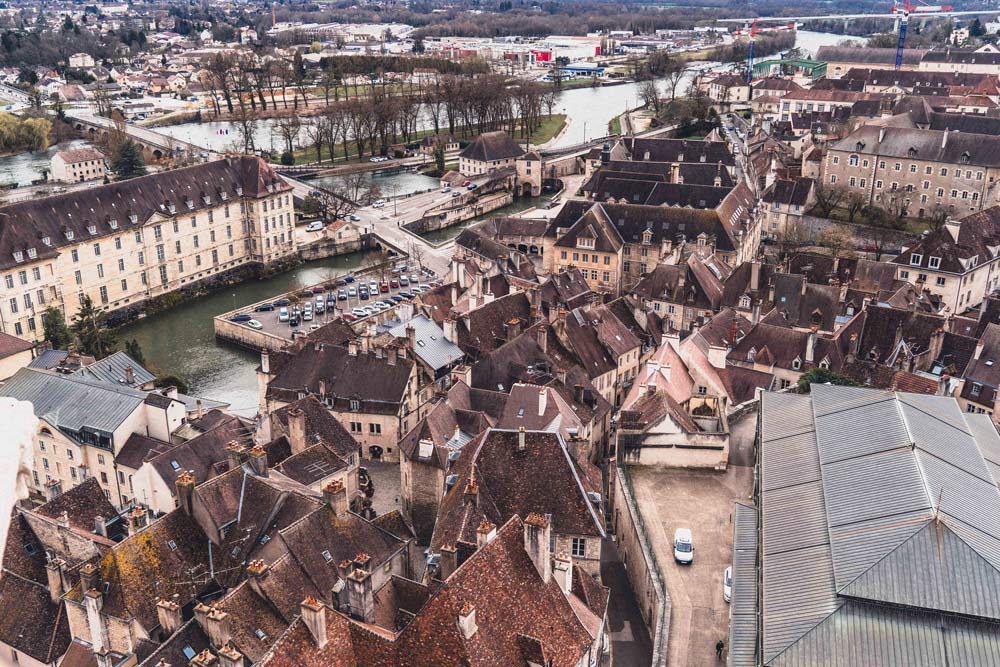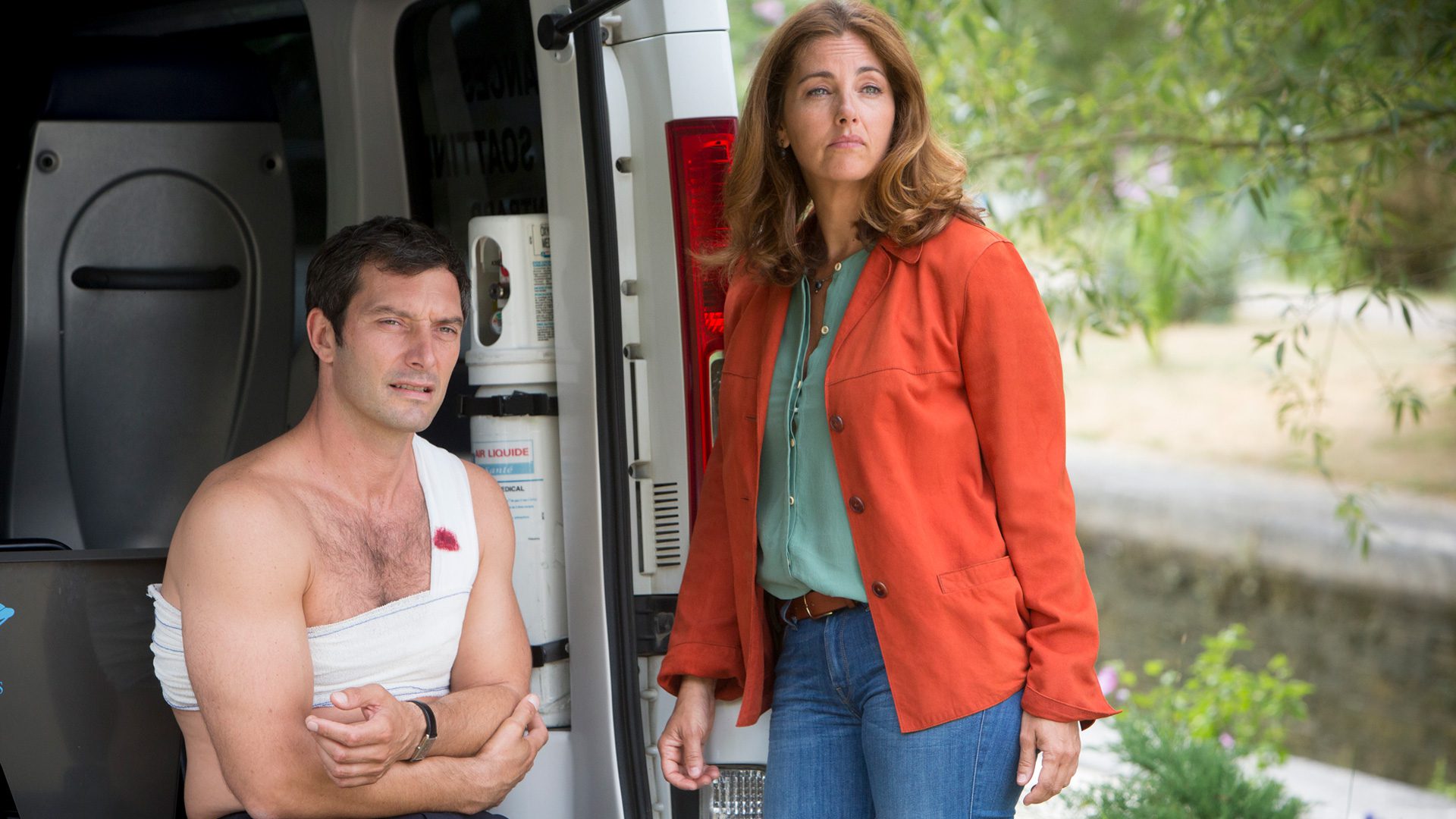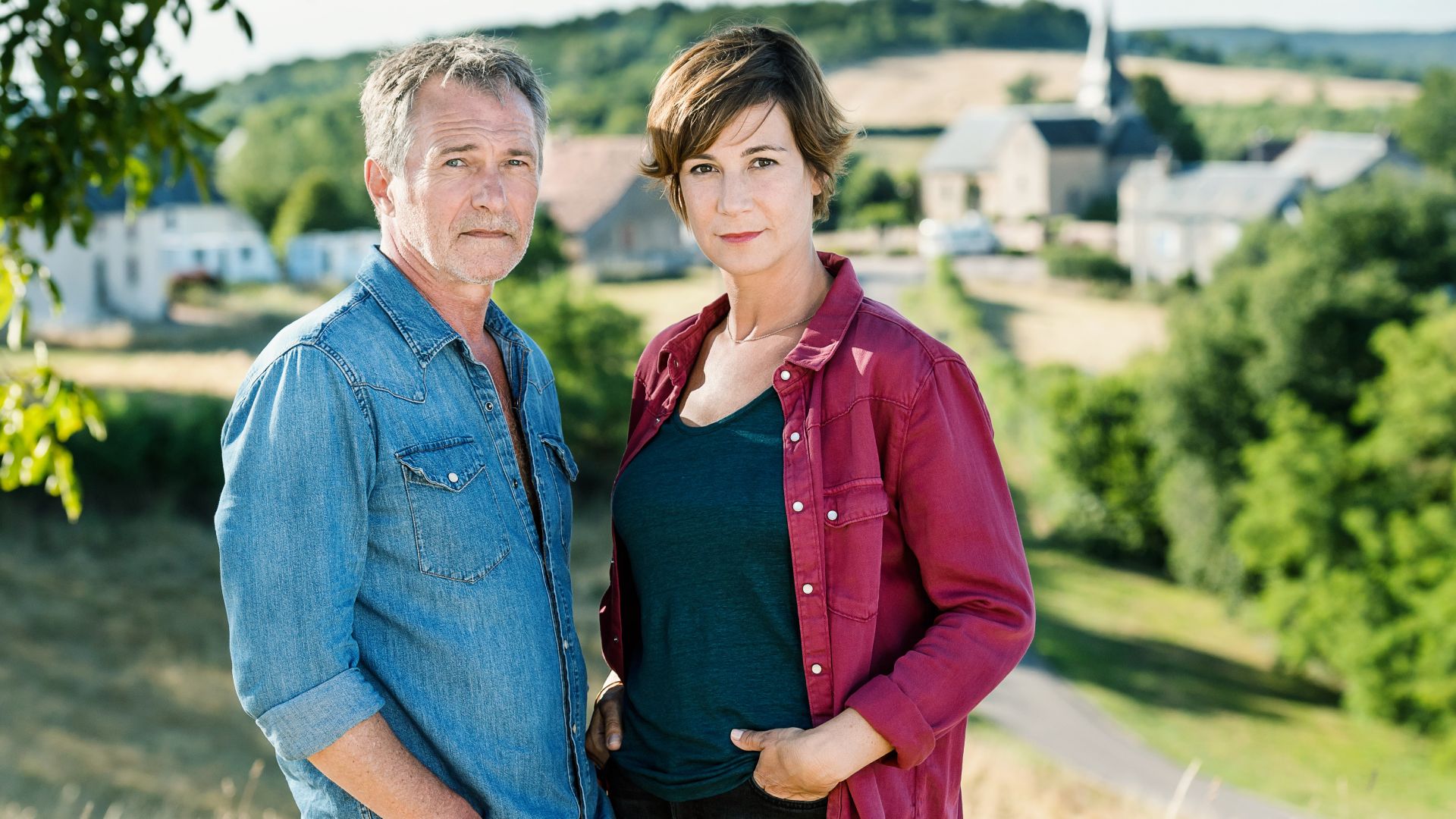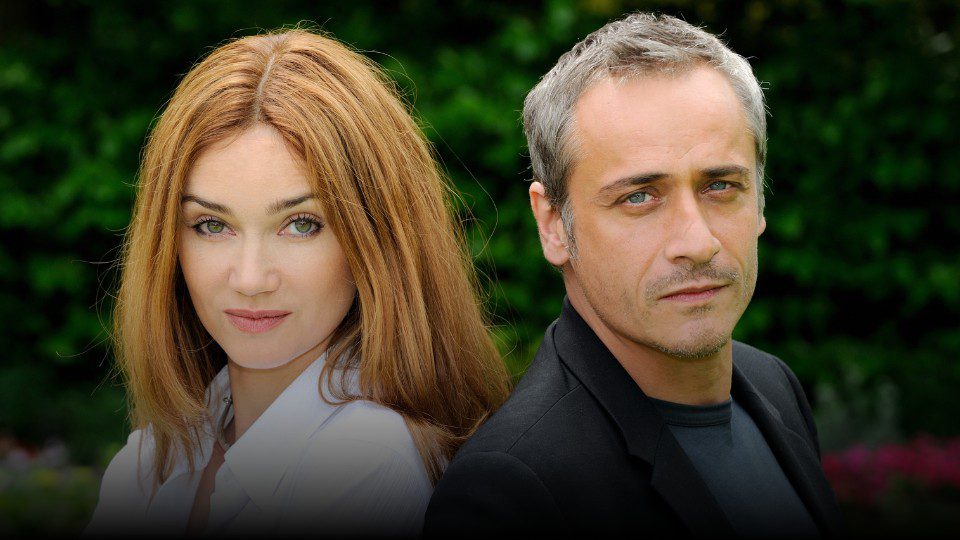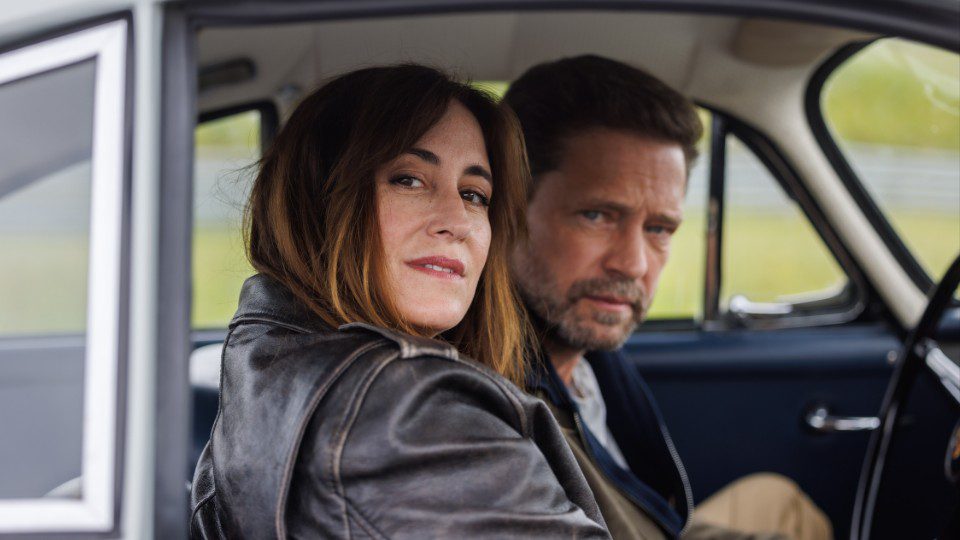
Rich red wine, Romanesque Abbeys, and medieval towns: if you’re looking to enjoy a part of rural France which is steeped in history, then a visit to Bourgogne-Franche-Comté should be in the cards. From strolling straight into the past during a walk around medieval ramparts to sampling some of the region’s top culinary delights, this guide will take you on a quick tour of the top must-sees and best-kept secrets of Bourgogne-Franche-Comté.
Where is Bourgogne-Franche-Comté?
Bourgogne-France-Comté sits firmly in the center of Eastern France and is an amalgamation of the former regions of Bourgogne and Franche-Comté. Although the two former regions are distinctly different and each have their own identity and culture, they were merged in 2016 as part of an administrative shakeup that saw 22 former metropolitan regions combined to create just 13. Thanks to its position on the extremity of l’Hexagone, the region borders Switzerland.
What is Bourgogne-Franche-Comté known for?
This corner of France boasts a surprising amount of nature, with three mountain ranges; the Vosges Massif, the Jura Mountains, and the Morvan Massif. In all, there are over 1200 named mountains in Bourgogne-Franche-Comté, making it somewhat of a paradise for hikers, mountain bikers, and climbers. In the fall, this is the region to visit if you wish to enjoy beautiful autumnal hues of golden foliage.
The Morvan is the northern extension of the Massif Central and is the smallest mountain area in France. It also happens to be featured in the Murder In… episode Murder In… The Morvan. The regional park itself is characterized by its low-lying hills, wooded valleys, and small mountains. It’s particularly popular in the summer with adventure enthusiasts thanks to the number of leisure activities on offer such as hiking trails and cycling routes.
The lakes of Jura are another piece of the nature puzzle in the region and, again, are best explored during the summertime. The diversity of lakes in the area is truly astounding and there are both spots to swim and sunbathe as well as places where visitors can spy waterfalls and even go sailing.
Exceptional food and wine are other reasons why Bourgogne-Franche-Comté is well known. This includes none other than Burgundy wines (Burgundy in French is Bourgogne) and Comté cheese, which comes from the Jura mountains. This hard cheese is made using unpasteurized cow’s milk and presents strong buttery flavors with a hazelnut undertone. The official capital of the region is Besançon, a relatively underrated, unknown (even to French people), and lesser-visited city in France.
Besançon
Not far from the border with Switzerland, Besançcon is one of the greenest cities in France and is the birthplace of none other than Victor Hugo, the author of acclaimed works such as The Hunchback of Notre Dame and Les Misérables.
Today, his former home in Besançon has been transformed into a museum detailing his life and works. It is worth noting that Hugo only lived in the city for six weeks as a baby before never returning, so he perhaps doesn’t have as much of a connection to Besançon as the city might have you believe!
Elsewhere in town, this hidden gem of a city has plenty of secrets worth uncovering. From discovering the town’s 19th-century astronomical clock (one of only a handful surviving in France today) to strolling beneath the 16th-century Rivotte gate, there is no shortage of historic sites.
The Citadel of Besançcon is the true crème de la crème of historical sites in the region and is of such historical importance that it has been UNESCO World Heritage listed since 2008. Built under the direction of the acclaimed architect Vauban in the 17th-century, today the ramparts and towers of the fort can be explored for a fee. From the top, you can enjoy views of the town sprawling out below, as well as the Doubs River.
Auxerre
Yet another city in the region that is a little bit out of the way and is often missed in favor of more frequented neighbors, like Troyes and Dijon, is Auxerre. The most beautiful monument in town is undoubtedly the 15th-century Tour de l’Horloge (Clock Tower), whose fairytale peak is reminiscent of the more popular one in Rouen, Normandy.
The old town of Auxerre is worth more than a cursory glance and boasts plenty of ecclesiastical buildings thanks to the presence of an important Abbey in town during the Middle Ages. The city has been inhabited for a millennia and was even the capital of its province during the Roman era, when Auxerre was referred to as Autissiodorum.
Strolling along the River Yonne will give you a good lay of the land and offers fantastic views of the main attraction in town: Abbaye de Saint-Germain d’Auxerre. The Abbey, as well as the permanent exhibitions, are free to visit, though you’ll have to pay to access the crypt.
Unfortunately, visiting the crypt is by guided tour only, and this is only available in French, though it still may be worth it even if you don’t speak French. After all, inside the crypt, some of the greatest cultural treasures of France can be seen; including the final resting place of St Germain and 9th-century frescoes which are some of the oldest in France.
Beaune
If Bordeaux is the capital of Bordeaux wine, then Beaune is undoubtedly the capital of Burgundy wine. The town was a favorite of nobility in times gone by and a stroll through Beaune today promises vestiges of the past at every turn.
From strolling along the crumbing ramparts that date back to the 15th-century to admiring the ancient woven tapestries in the Basilica of Our Lady, there’s no shortage of historic sites to see in Beaune. But for the true history buffs out there, there is one stand out exception: Les Hospices de Beaune.
This former hospital turned museum is so exceptional that it is now UNESCO World Heritage listed. For a fee, you can enter the 15th-century former hospital (constructed following a Plague when Beaune lost a staggering three-quarters of its population) and see the wards where people were treated for five centuries, with the final patient being admitted in 1982.
The glazed roof tiles of the Hospices de Beaune are classic Burgundian architecture at their finest and are almost as emblematic of the city as the many wine vendors in town. If you’re looking to sample some of the local tipple for yourself, then there are plenty of vendors offering wine tastings in their cellars across the city.
Nuits-Saint-Georges
Those wishing to delve deeper into the wine scene would do well to head to Nuits-Saint-Georges, which is somewhere between Dijon and Beaune. This town is famed for its wine production and is surrounded by swathes of vineyards. The best time to visit is in the late summer/ early fall when you can see all the leaves swaying in the breeze as opposed to the winter when the vines are bare.
Nuits-Saint-Georges also lies on the Route des Grands Crus, a UNESCO listed wine route that encompasses many of the more important wine producing towns on the Côte d’Or (an area so-called because the vines turn a golden hue come fall).
Just 2 kilometers away from the town, another smaller settlement by the name of Vosne-Romanée boasts the vineyard which produces some of the world’s most expensive wine: Romanée-Conti. A 1945 bottle of this red wine sold for a jaw-dropping $558,000 back in 2018.
Back in Nuits-Saint-Georges, there’s not much by way of attractions as the charm of the town lies in its beautiful and secluded spot among the vineyards. However, if you are looking for a little history, then you can check out the town’s small museum and the 16th-century Belfry. Nuits-Saint-Georges also featured in the Murder In… episode, Murder In… Burgundy, as did Dijon.
Dijon
The symbol of Dijon is the owl, known as ‘chouette’ in French, a symbol which can even be found scratched ever so roughly on the side of the imposing 13th-century built Gothic Notre Dame Cathedral.
Although the story of exactly how the owl came to be carved has been lost in the annals of time, the owl has been worn smooth over the ages by passing hands. After all, local legend suggests that if you stroke the owl with your left hand (that hand which is closest to the heart), you’ll be blessed with good luck. Head inside the free-to-visit Cathedral and you’ll be rewarded
Another lesser-known secret of Dijon can be found in the form of the Musée d’Art Sacré (Museum of religious art). This infrequently visited collection is housed within a former Abbey church and is part of the Museum of Burgundy Life. While this museum is free to visit, it’s only open by request and so you’ll have to head to the Life Museum entrance to gain access!
Dole
The birthplace of Louis Pasteur is a delightful little town by the name of Dole. Even if you’ve never heard of Pasteur before, no doubt you’ll likely have benefited from at least one of his discoveries; the most famous being pasteurization, rabies, and anthrax vaccinations.
The speck of a town is home to a population of just under 24,000 residents and is often referred to as the ‘Venice of Jura’ thanks to its smattering of delightful waterways which create postcard-worthy vistas across town.
If you prefer to explore a new place via a bird’s eye perspective, then you can also head to the tourist office where you can ‘borrow the keys’ (in exchange for temporarily leaving an ID) to visit the bell tower of the Collegiate Church, which like many ecclesiastical buildings in France is dedicated to Notre Dame (Our Lady).
The church also happens to be where Louis Pasteur was baptized. Once at the entrance to the bell tower, you can turn the key, climb up the 250+ steps to reach the top, and see for yourself why the town is referred to as the Venice of Jura. After descending back down the stairs, you can visit the church for free and marvel at the 19th-century stained-glass windows.
This area deserves a good amount of time to explore and so set aside at least half a day in order to meander the cobbled lanes, watch the artists paint en plein air in Place du Tertre and marvel at the breathtaking architecture of the Sacré-Coeur Basilica.
For such a touristy location, there are also a surprising number of hidden gems to be explored in Montmartre, if only you know where to look. Some of my favorites include peeking in on the vine of Le Clos Montmartre (a real vineyard that opens its doors to visitors only a handful of times a year) and Square Marcel Bleustein Blanchet (a surprisingly quiet square that offers unparalleled views of the back of the Sacré-Coeur).
A final note
As you can see, Bourgogne-Franche-Comté is a delightful region that may well be worth adding to your itinerary during your next trip to France. And while you may not be able to sip on the rich reds of Burgundy wine just yet, nor taste the salty Comté cheese immediately, you can get a taste of the region by watching the following Murder In… episodes:
Episodes featuring the Bourgogne-Franche-Comté region on MHz Choice
About the Author
Sophie Nadeau is a British Canadian travel writer currently residing in Paris with her French husband. She has been lucky enough to have lived in several different countries and has run her travel blog, solosophie.com, full time since 2017. With a particular interest in history and culture (especially if there’s a château visit involved), she spends her spare time painting, reading, cooking up vegetarian recipes, spending too much looking up dog photos online, and researching new hidden gems to discover.
